Any links to online stores should be assumed to be affiliates. The company or PR agency provides all or most review samples. They have no control over my content, and I provide my honest opinion.
During the Snapdragon Summit, Qualcomm announced its latest flagship chipset, which will be featured on phones from 2022.
It is the biggest chipset announcement of the year for Android users, but with much of the details already leaked, the actual announcement doesn’t bring much exciting to the table.
I have already compared the Snapdragon 8 Gen 1 to the Mediatek Dimensity 9000, but I will cover some additional details here.
Snapdragon 8 Gen 1 Specifications Compared
| Qualcomm Snapdragon 8 Gen 1 | Qualcomm Snapdragon 888 | Mediatek Dimensity 9000 | |
|---|---|---|---|
| Fabrication Process | 4nm Samsung | 5nm (5LPE) Samsung | 4nm TSMC |
| CPU | 1 x Arm Cortex-X2 @ 3.0 GHz with 1024KB pL2 3 x ArmCortex-A710 @ 2.5 GHz with 3x512KB pL2 4 x Arm Cortex-A510 @ 1.8GHz with 2x unknown sL2 | 1 x Arm Cortex-X1 @ 2.84 GHz with 1024KB pL2 3 x ArmCortex-A78 @ 2.32 GHz with 3x512KB pL2 4 x Arm Cortex-A55 @ 1.8GHz with 2x 4x128KB pL2 | 1 x Arm Cortex-X2 @ 3.05 GHz 3 x ArmCortex-A710 @ 2.85 GHz 4 x Arm Cortex-A510 @ 1.8 GHz |
| GPU | Adreno | Adreno 660 @ 840MHz | ARM Mali-G710 MC10 |
| Memory | 4x 16-bit 3200MHz LPDDR5 / 51.2GB/s 4MB System Cache | 4x 16-bit CH 3200MHz LPDDR5 / 51.2GB/s 4MB system level cache | 4x 16-bit 3200MHz LPDDR5 / 51.2GB/s 3750MHz LPDDR5X / 60.0GB/s = 7500Mbps support 6MB System Cache |
| ISP | Triple 18-bit Spectra ISP 1x 200MP or 108MP with ZSL 64+36MP with ZSL 3x 36MP with ZSL 8K HDR video & 64MP burst capture | Triple 14-bit Spectra 580 ISP 1x 200MP or 84MP with ZSL 64+25MP with ZSL 3x 28MP with ZSL 4K video & 64MP burst capture | Imagiq790 New-gen Triple 18-bit ISP 9GPix/s processing throughput Single Sensor up to 320MP Triple Sensor 32+32+32MP |
| NPU | Hexagon | Hexagon 780 | 5th Gen 4+2 core APU |
| Media | 8K30 / 4K120 10-bit H.265 Dolby Vision, HDR10+, HDR10, HLG 720p960 infinite recording No AV1 decoding | 8K30 / 4K120 10-bit H.265 Dolby Vision, HDR10+, HDR10, HLG | 8K30 & 4K120 encode & 8K60 decode H.265/HEVC, H.264, VP9 8K30 AV1 Decode |
| Connectivity | Bluetooth 5.2 Wi-Fi 6E | Bluetooth 5.2 Wi-Fi 6E | Bluetooth 5.3 Wi-Fi 6E |
| Modem | Integrated X65 5G NR Sub-6 + mmWave DL = 10000 Mbps UL = 3000 Mbps | Integrated X60 5G NR Sub-6 + mmWave DL = 7500 Mbps UL = 3000 Mbps | LTE Category 24/18 5G NR Sub-6 |
CPU / GPU / Fabrication Process
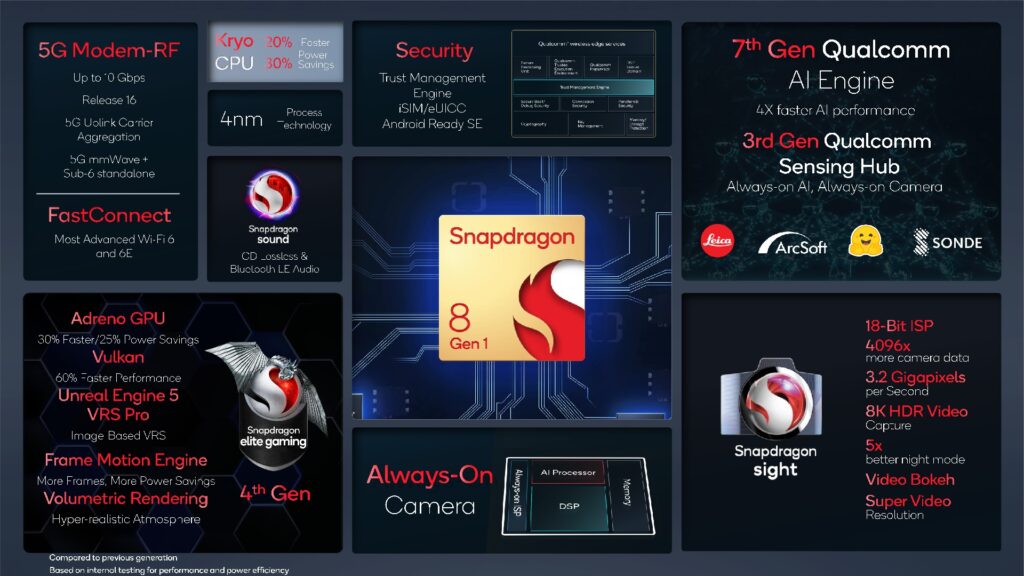
There is not much to cover here as this is all the information that was previously leaked. Everything is now confirmed.
Qualcomm will continue using Samsung for the fabrication process, moving down to the 4nm fabrication process from 5nm. Qualcomm has not confirmed this is 4LPE, but it is likely.
There have been the typical generational improvements with the CPU/GPU. The CPU configuration is a bit more interesting, the ARM CPU cores shift to the new Armv9 generation. While the big and middle cores are successors to last year, they have a few more underlying tweaks than usual. It is the small cores that have the biggest change.
The big X1 core goes to X2, claiming 20% faster performance or 30% power savings vs the X1. This is then configured with 1MB of L2 cache.
The Cortex-A78 moves to the Cortex-A710, and these get 512KB L2 cache each.
The small cores finally get a big improvement shifting to the new Cortex-A510. These work a bit differently from the small cores of the Snapdragon 888 or the Cortex-A510 cores of the Dimensity 9000. These use a merged core where you have two Cortex-A510 complexes, which each contain two Cortex-A510 cores, then each complex shares resources such as the L2 cache. It is claimed this is more efficient, and in theory, it should allow a single core to access a larger L2 cache. Qualcomm hasn’t confirmed the L2 cache, but I would hope it is at least 2x256KB.
The GPU didn’t get much attention, they have dropped the numbered generation name, so it is now just Andreno.
Qualcomm claims that the GPU has 30% faster peak performance or 25% power reduction at the same performance as the Snapdragon 888.
ISP / Camera / Media
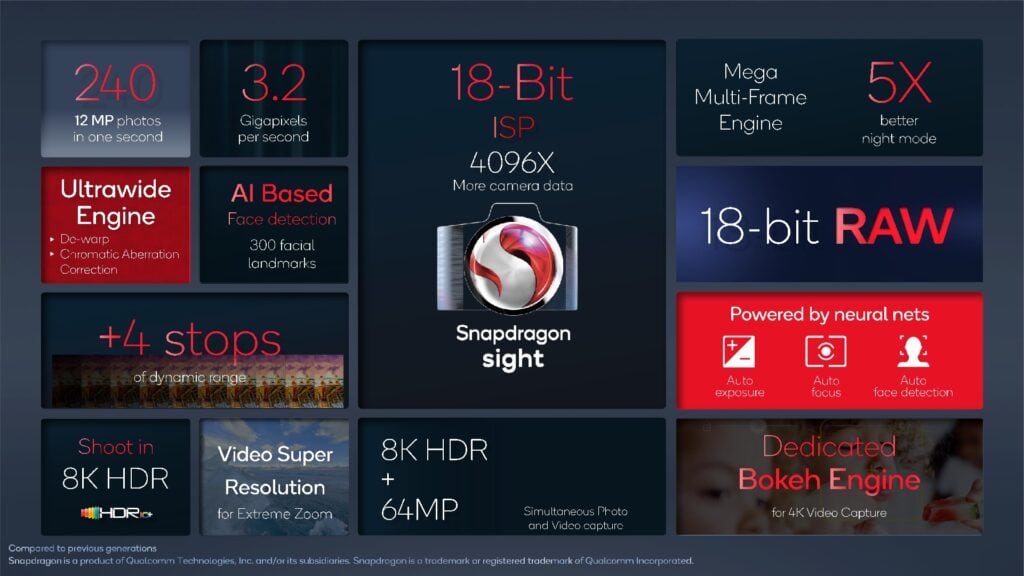
The ISP and imaging capabilities are areas where we get a few new details. Qualcomm has launched Snapdragon Sight, which will offer a significant improvement with the whole ISP.
The ISP is now capable of 18-bits of colour depth per channel upfront 14-bit on the SD888. This now has 2x staggered HDR capture where you have three exposures taken immediately after each other and combined into one to provide higher bit-depth results.
The new bit depth adds 4 stops in dynamic range, significantly improving the quality of shots taken in contrasting or challenging lighting.
Night mode also gets a big improvement, this will now stack up to 30 images to provide a 5 fold improvement in low light performance.
The new chip allows for 8K HDR recording, but not much else changes from the SD888.
Perhaps the biggest reveal was the lack of support for AV1 decoding. Mediatek were the only company to do it last year, and since then, the adoption of this new codec has increased with Google/YouTube and Netflix both adopting it. Being the two biggest streaming platforms out there, the lack of support puts Qualcomm at a significant disadvantage than Mediatek.
It is worth noting that Qualcomm isn’t part of the Alliance for Open Media consortium and instead is backing VVC/H.266 and EVC. Qualcomm get licencing fees from VVC, and IP/licencing represents a significant part of Qualcomm’s income, so it doesn’t take a genius to work out why they don’t want to support AV1.
AI Improvements
The new 7th Gen AI engine brings with it the typical iterative improvement from the SD888. The Qualcomm Hexagon processor has a 2x faster tensor accelerator, 2x larger shared memory and 70% more power-efficient than the SD888.
Modem
Qualcomm shifts from the X60 integrated model to the new X65 which is a 3GPP Release 16 compatible modem. There are various improvements but the main one being a theoretical 10000 Mbps download vs 7500 Mbps.
Other Features
For WiFi, you get the same FastConnect 6900 System, this already supported WiFi 6E with 2×2 radio and 8 stream MU-MIMO, so there is not much of an improvement worth making.
However, it only supports Bluetooth 5.2, not 5.3, which is used on the new Mediatek.
Things like audio and GPS all appear to be the same as the previous generation.
Overall
Qualcomm has clearly stuck to what they know best without making any dramatic changes to the overall chipset.
It will almost certainly be the best chipset of the year and definitely the one used in the best and most expensive phones.
The issue is that they have other companies biting at their heels.
Mediatek has improved leaps and bounds in the past 2-3 years. Last year they may not have had a chipset that could compete, but the Dimensity 1200 offered superb performance at a low price point. This year, based on the specs at least, they have a chipset that is going head to head with the Qualcomm Snapdragon 8 Gen 1. It has several specs that outclass Qualcomm, and it is theoretically possible the Dimensity 9000 could end up being the better chipset (I will believe it when I see it).
Then you have Samsung, who are expected to shift their GPU to AMD. The rest of the chipset will likely match Qualcomm, and if their new AMD partnership works out well, they also could end up with a superior chipset to Qualcomm.
Obviously, it is far too early to know for sure how things will play out. Just because a chipset looks good on paper doesn’t mean it will perform the same way in real life.
I am James, a UK-based tech enthusiast and the Editor and Owner of Mighty Gadget, which I’ve proudly run since 2007. Passionate about all things technology, my expertise spans from computers and networking to mobile, wearables, and smart home devices.
As a fitness fanatic who loves running and cycling, I also have a keen interest in fitness-related technology, and I take every opportunity to cover this niche on my blog. My diverse interests allow me to bring a unique perspective to tech blogging, merging lifestyle, fitness, and the latest tech trends.
In my academic pursuits, I earned a BSc in Information Systems Design from UCLAN, before advancing my learning with a Master’s Degree in Computing. This advanced study also included Cisco CCNA accreditation, further demonstrating my commitment to understanding and staying ahead of the technology curve.
I’m proud to share that Vuelio has consistently ranked Mighty Gadget as one of the top technology blogs in the UK. With my dedication to technology and drive to share my insights, I aim to continue providing my readers with engaging and informative content.

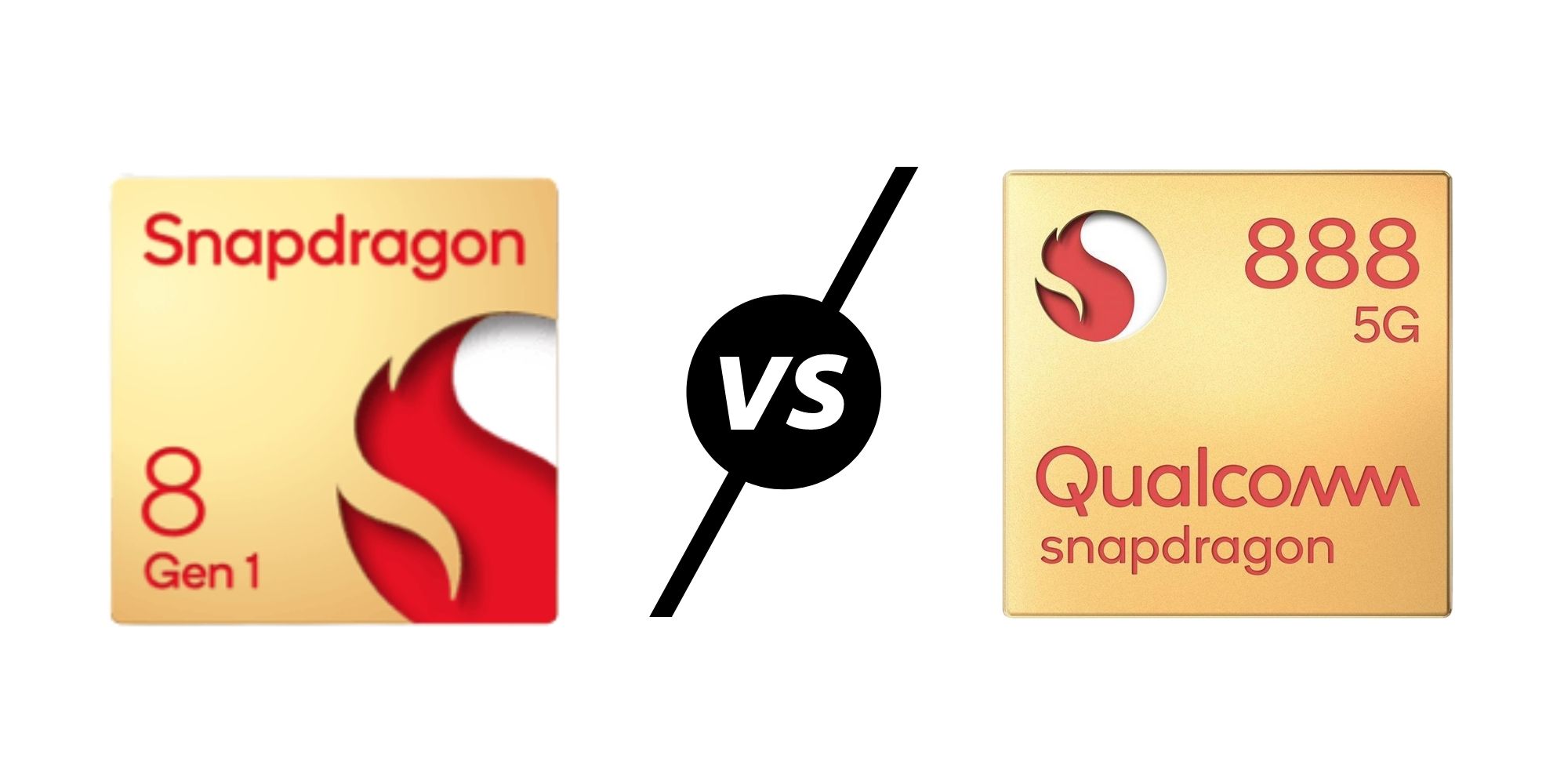
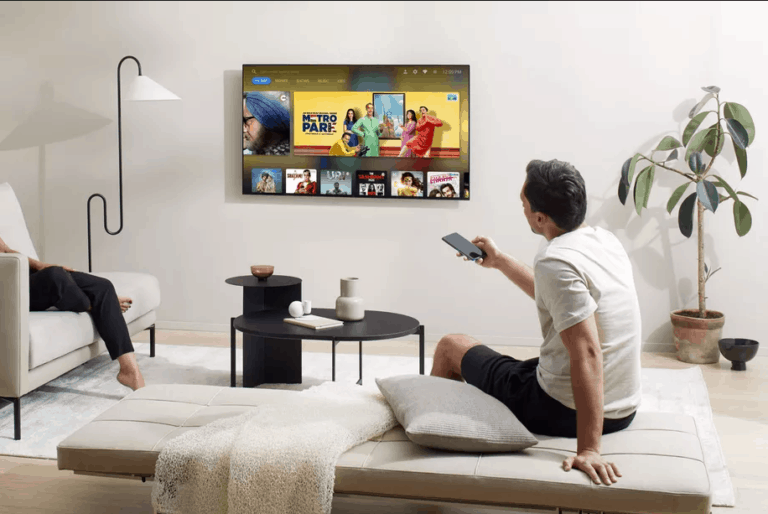
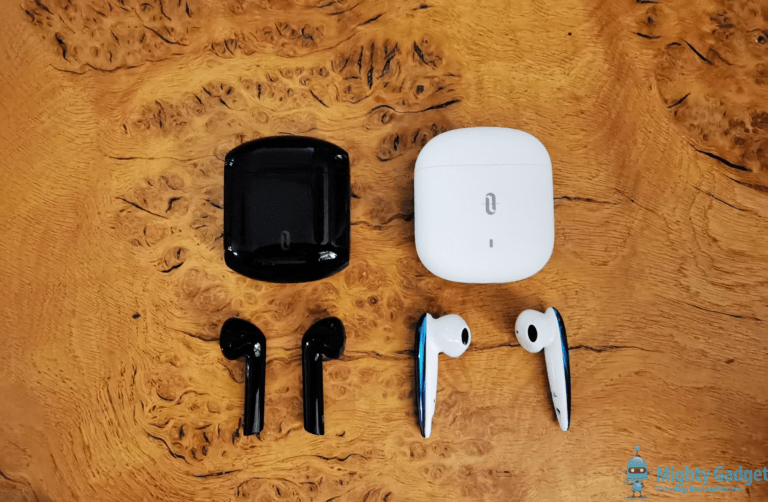
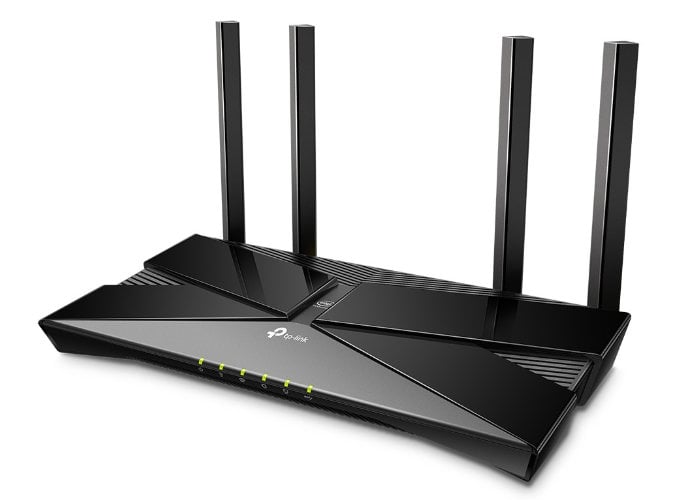
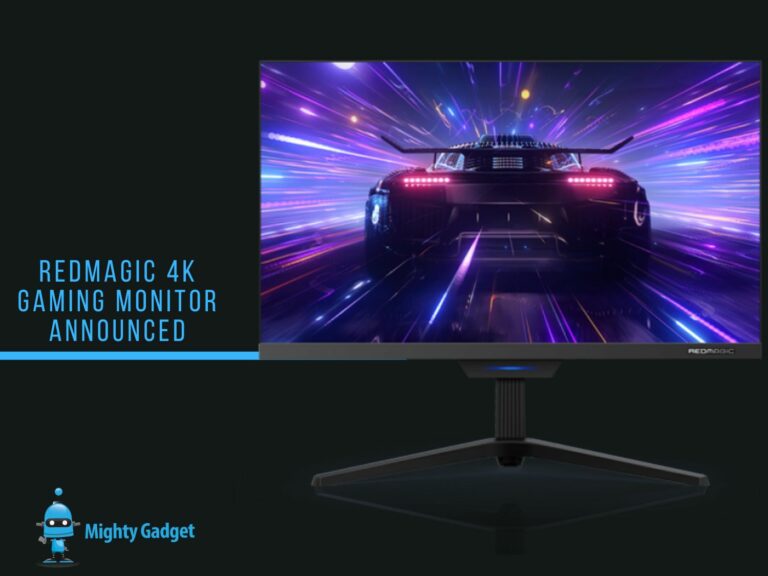

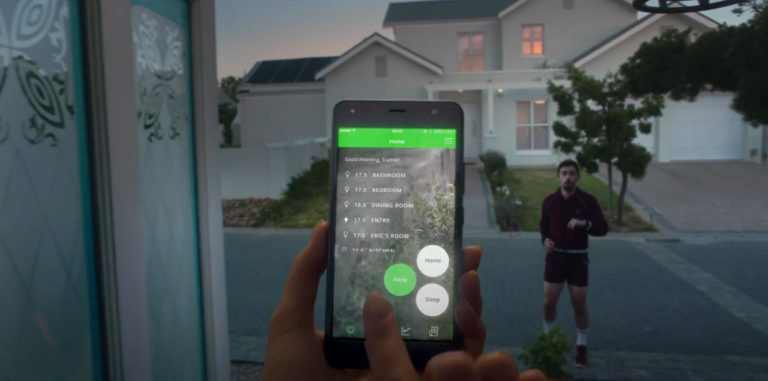
Thanks for providing us with the information.